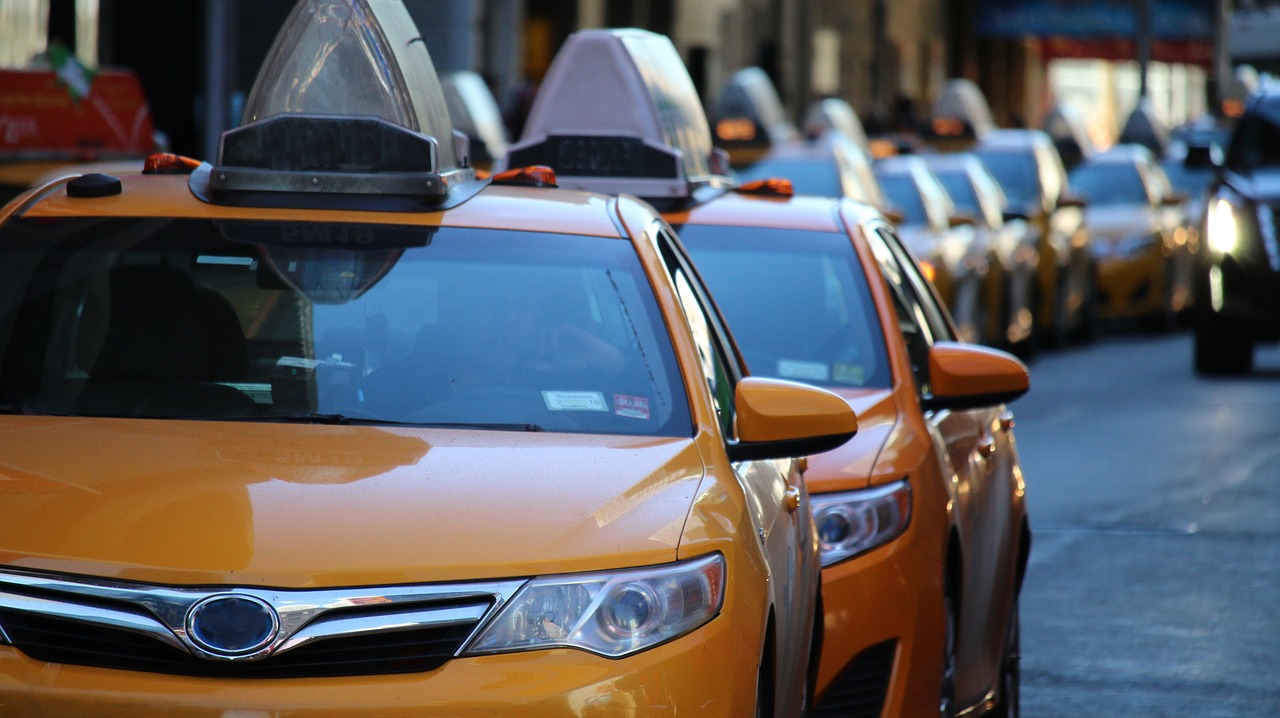Uber posted a huge $708 million loss in the first quarter of the year and this is apart from the $991 million loss in 2016 Q4.
The company employs more than 1,000 employees in Bengaluru and Hyderabad. It is disclosed that it also has 100 engineers on its payroll in India alone. The company’s biggest market outside of the United States is India.
Turnover and Profitability
The ride-sharing app notched a turnover of $3.4 billion during the first quarter of the year. On the back of this result, the loss of over 700 million in US dollars translates to a total spending of $4.1 billion as at the end of 2017 Q1.
Reporting 9-figure losses can be dampening on the market and the enthusiasm of investors. However, the appetite of investors for the Uber stocks is yet to dampen. The company’s worth is already tottering at the $70billion mark
The ability of the company to grow its turnover on a quarter on quarter basis is the possible harbinger for this optimism,
Losses in Asia
In the Asian market, after the reports were analysed for the 2016 financial year, Uber lost $1 billion in China alone. The global losses for the same period were $3.8 billion. If you are keen to know the reason for the losses, it is quite transparent.
The company is deepening its growth strategy on the global scale, and this leads to soaring start-up costs in new markets. The upside of this is that if it succeeds in beating competitors with its pricing template, it can leverage on the market spread to tweak prices later on, and turn north on the profit bend.
The company has been able to make deep inroads in the Indian market and this has had a salutary effect on its results. The Indian trajectory is helping its progression towards profitability.
The market growth in India for the company is already inching along on the double-digit scale. It is operating in 29 Indian cities while its local competitor-Ola operates in 110 cities.
Looking Forward
While many investors are taught to put their money where they can make quick returns, Uber is not providing this.
Every investment certainly carries with it some element of risk and this is not in doubt. Going forward, if the market permutations pay off, Uber’s shareholders will reap dividends on their shareholdings when profits are declared. The capital appreciation is another frontier for gains to be reaped when operations become profitable.
When will this be? It might be as soon as two or three years from now!













